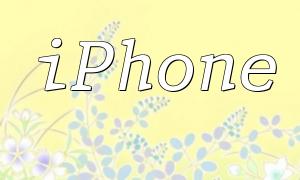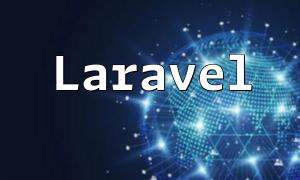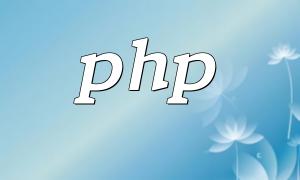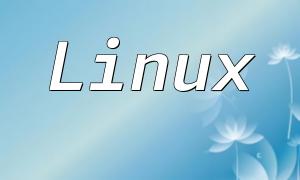Data interaction is an essential part of modern web development. As a powerful server-side language, PHP, when combined with Gson, can significantly simplify data handling and conversion. This article explores the combination of PHP and Gson, aiming to help developers handle JSON data more effectively.
Gson is a library provided by Google for converting data between Java objects and JSON format. It allows easy conversion of Java objects to JSON and vice versa, making data processing in Java environments much more convenient.
Although PHP has built-in support for handling JSON data, using Gson can simplify the conversion process in some complex scenarios. Combining PHP with Gson allows developers to better manage and process JSON data.
PHP has built-in support for JSON, allowing developers to use the following functions to handle JSON data:
json_encode() - Converts PHP arrays or objects to JSON format.
json_decode() - Converts JSON strings to PHP arrays or objects.
However, in some specific cases, PHP's built-in functions may not be sufficient. This is where using Gson becomes highly beneficial.
To better understand how to use PHP and Gson together, the following example demonstrates how to call a Java service from PHP and process the data using Gson.
First, we need to send a request from PHP to the Java service:
$data = array("name" => "John", "age" => 30); $jsonData = json_encode($data); $ch = curl_init("http://your-java-service-url/api"); curl_setopt($ch, CURLOPT_RETURNTRANSFER, true); curl_setopt($ch, CURLOPT_POST, true); curl_setopt($ch, CURLOPT_POSTFIELDS, $jsonData); curl_setopt($ch, CURLOPT_HTTPHEADER, array('Content-Type: application/json')); $response = curl_exec($ch); curl_close($ch); // Handle the returned JSON data$responseData = json_decode($response, true);Next, we will use Gson in the Java service to convert the received data into Java objects:
import com.google.gson.Gson; public class User { private String name; private int age; // getters and setters } // Receiving the request in the serviceGson gson = new Gson(); User user = gson.fromJson(requestBody, User.class); // Process and return the result String jsonResponse = gson.toJson(user);By combining PHP with Gson, developers can handle JSON data more efficiently. This approach simplifies data exchange across different tech stacks and reduces development time. Therefore, whether in personal projects or enterprise-level application development, this combination is worth considering.
We hope this article provides some new insights on using PHP and Gson together, adding value to your future web development efforts.









